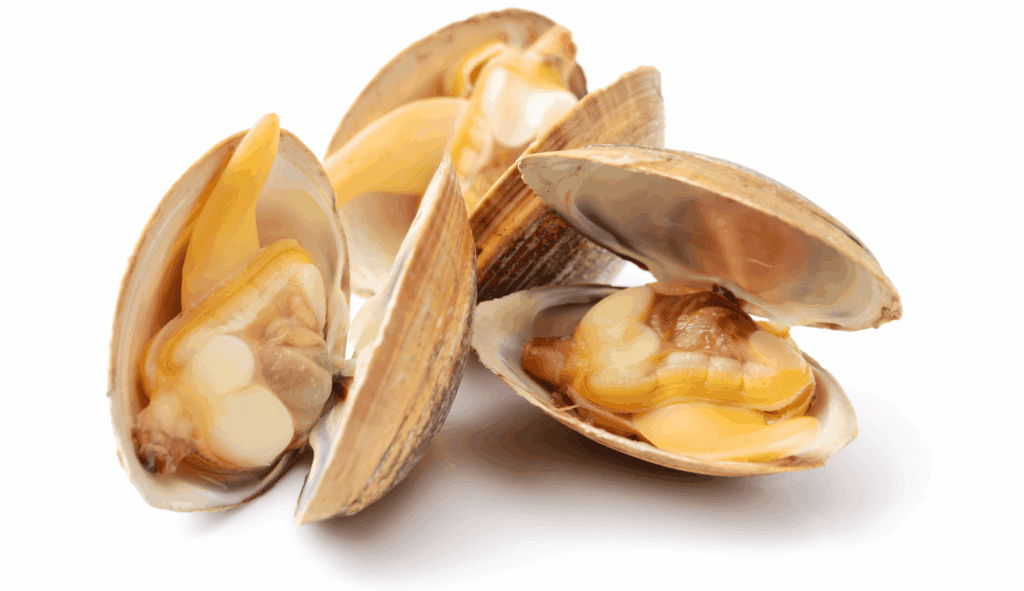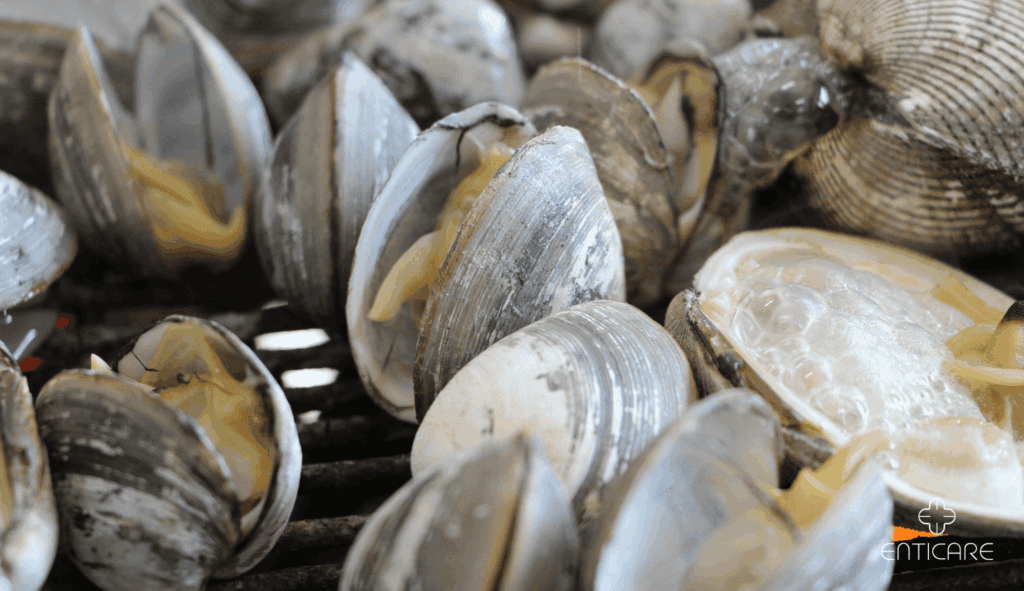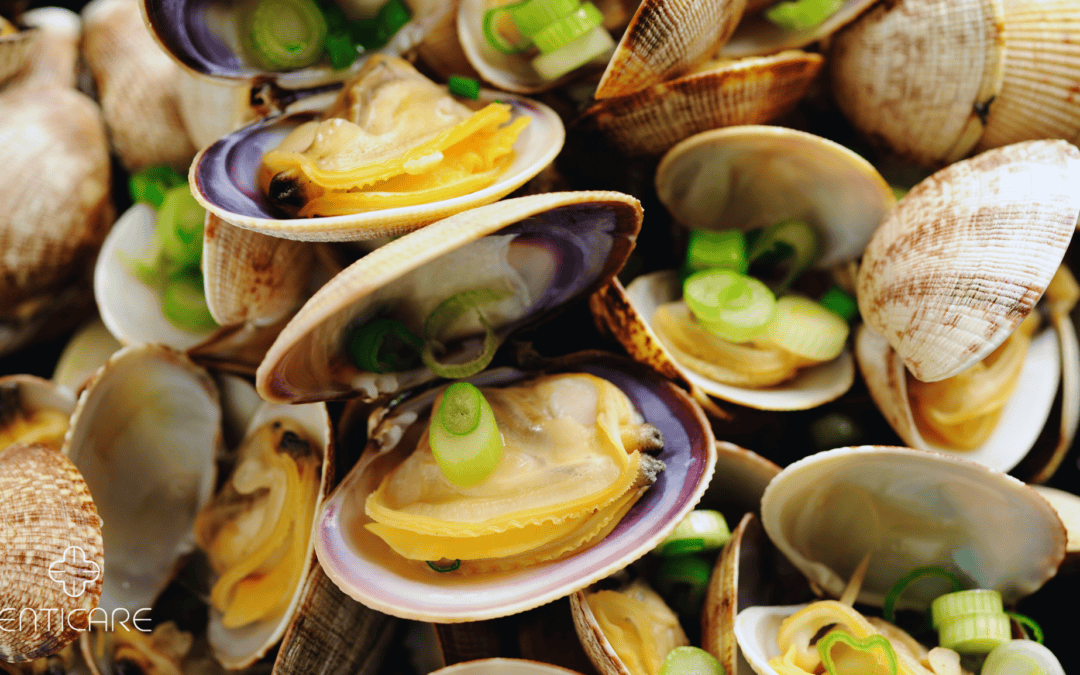Clams are a popular seafood choice for many, but for those with a clam allergy, they can pose serious health risks. Clam allergies are a type of food allergies, which can be serious and require careful management. Understanding clam allergies—along with their symptoms, causes, and treatments—is crucial for anyone affected. This guide provides essential information to help manage and mitigate the impact of clam allergies on your life.

Identifying Clam Allergies
What Is a Clam Allergy?
A clam allergy is an adverse immune response to proteins found in clams, a type of shellfish. Clam allergies are caused by shellfish allergens, which are proteins that trigger an immune response. This condition falls under the broader category of seafood allergies and can trigger significant allergic reactions upon consumption or contact with clams. Clams include various species, such as soft-shell and hard-shell clams.
Common Symptoms
Symptoms of clam allergies can range from mild to severe and may include:
- Skin Reactions: Hives, itching, and eczema can occur if clams come into contact with the skin.
- Digestive Issues: Nausea, vomiting, abdominal cramps, and diarrhea are common after consuming clams.
- Respiratory Problems: Symptoms like wheezing, coughing, and shortness of breath can result from inhaling clam particles or vapors.
Food allergy symptoms can vary widely and may include skin, digestive, and respiratory issues.
Distinguishing Between Shellfish Allergy
Clam allergies are part of shellfish allergies, which also include crustaceans (like shrimp and crab) and other mollusks (such as oysters and squid). Crustacean shellfish, such as shrimp and crab, are also common allergens that can cause severe reactions. It’s essential to identify clams specifically to avoid all potential sources of allergens.
Diagnosing Clam Allergies
Consulting a Healthcare Professional
The diagnosis begins with a thorough medical history and discussion of symptoms. Discussing any allergic reaction to shellfish with a healthcare provider is important for accurate diagnosis. It’s vital to provide details about your reactions to clams and any known triggers.
Allergy Testing
To confirm a clam allergy, your healthcare provider might recommend:
- Skin Prick Test: This test involves exposing the skin to a small amount of clam extract to check for allergic reactions.
- Blood Test: A blood test measures the level of IgE antibodies specific to clams, indicating an allergy.
Allergy testing can help identify specific shellfish allergy reactions and guide treatment.
Oral Food Challenge Test
In some cases, an oral food challenge might be used under medical supervision to confirm the diagnosis. This involves consuming small amounts of clams to observe reactions. Monitoring for food allergy symptoms during the food challenge test is crucial for safety.

Managing Clam Allergies
Avoiding Clams and Clam Products by Reading Food Labels
The primary management strategy is to avoid clams and any products containing them. Key considerations include:
- Reading Labels: Always check food labels and ingredient lists for clam-based products, including sauces and processed foods. Clams can also be present in fish stock or seafood flavoring, so it’s important to read ingredient labels carefully.
- Dining Out: Inform restaurant staff about your allergy and ask detailed questions about ingredients and preparation methods.
Understanding Cross-Contamination
Clams can cause allergic reactions through cross-contamination. When dining out or preparing food at home, ensure that utensils, surfaces, and cooking equipment are thoroughly cleaned to prevent cross-contact. Preventing cross-contamination is crucial to avoid shellfish allergy symptoms.
Emergency Preparedness
Have an epinephrine auto-injector available if prescribed, and know how to use it in case of a severe allergic reaction. Make sure family and friends are aware of your allergy and how to assist during an emergency. Having an emergency action plan is essential for managing a shellfish allergy.
Living with a Clam Allergy
Adjusting Your Diet
Adapt your diet to exclude clams and similar seafood. Substitute clams with safe seafood options or non-seafood alternatives to maintain a balanced diet. Adjusting your diet to avoid all shellfish is crucial to prevent shellfish allergy reactions.
Educating Yourself and Others
Educate yourself about clam allergies and inform those around you, including coworkers, friends, and family. Awareness can help prevent accidental exposure and ensure a supportive environment. Educating yourself and others about food allergy symptoms is crucial for effective management.
Support and Resources
Seek support from allergy groups or online communities where you can share experiences and find resources. Joining support networks can provide valuable information and emotional support. Seeking support from allergy groups can provide valuable information and resources for managing food allergies.
Conclusion
Living with a clam allergy requires careful management and proactive measures to prevent allergic reactions. By understanding symptoms, seeking a proper diagnosis, and following effective management strategies, you can lead a safer and more comfortable life. Understanding and managing a shellfish allergy is crucial for leading a safe and comfortable life. For personalized advice and support, schedule an appointment with a healthcare provider specializing in allergies.
For expert guidance on managing your clam allergy, schedule an appointment with us today at Enticare. Our specialists are here to provide you with the support and care you need to navigate your allergy effectively.

